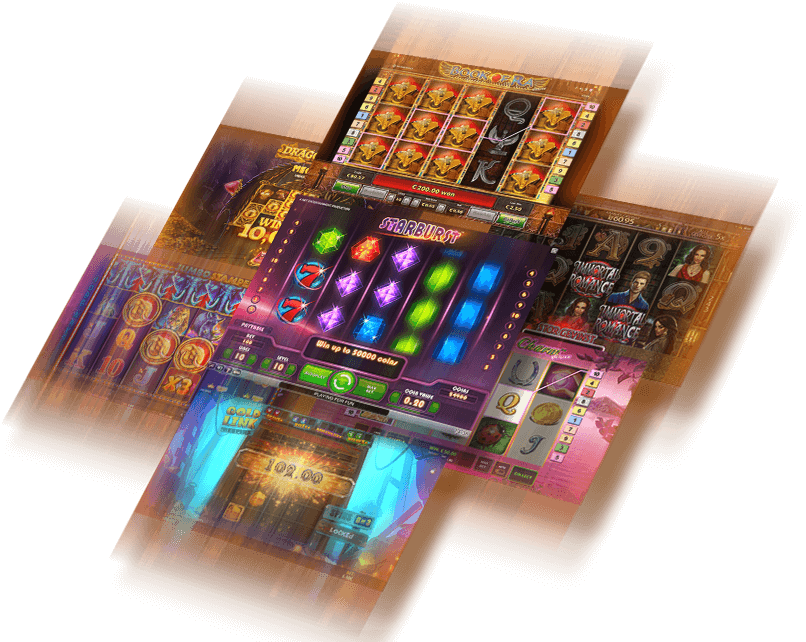Worldwide, the allure of gambling slots has enchanted millions, crossing cultural barriers and appealing to diverse audiences. From the bustling casinos of the strip in Las Vegas to the lively gaming halls of Macau’s gaming centers, these enchanting machines have become emblems of excitement and expectation. The whirling reels and bright designs draw players into immersive experiences, creating a distinct blend of chance and fun that strikes a chord with people from all walks of life.
As these games develop, their influence extends beyond just wagering; they shape mainstream culture, spark art, and alter how people connect. Whether it’s through cinematic representations of life in casinos or the rise of online slots that bring the thrill of casinos to the convenience of home, the importance of slot machines continues to grow. Exploring this phenomenon reveals more than the mechanics of play, but also the meaningful bonds they foster within communities and their role in the broader tapestry of recreational pastimes across the world.

History of Gambling Slot Machines
The origins of casino slot machines can be backtracked back the final 19th century with the creation of the initial mechanical slot machine. In the year 1887, Charles Fey, a inventor from San Francisco, created the first slot machine, which had three spinning reels and a basic design with symbols such as horseshoe symbols and card symbols. This machine offered gamblers a opportunity to win tokens, laying the foundation for what would become a universal gaming sensation.
As the fame of casino slots grew, various advancements appeared throughout the initial twentieth century. By the early 1900s, numerous companies began creating their versions, enhancing the machines with new features and more sophisticated functions. These early machines became a fixture in pubs, clubs, and ultimately started to make their way into gambling halls. By the 1960s, the mechanical slot machine was further refined with the advent of electronic components, leading to more diverse gameplay and increased player interaction.
The decade of the 1980s marked a significant turning point when video visual technology was integrated into slot machines. This innovation allowed for more elaborate graphics, sound effects, and themes, attracting a wider audience. The combination of impressive visuals and engaging gameplay transformed gambling machines into a major attraction in casinos around the globe. As a result, slots evolved from simple machines into sophisticated entertainment units, reflecting shifting cultural preferences and tech advancements.
Cultural Variations within Slot Gaming
Gaming slot games have evolved in order to reflect diverse traditions and practices belonging to the regions where they are enjoyed. As an example, in Japanese culture, for instance, pachinko machines merge features between pinball with conventional slot games, producing a distinct gaming experience which is deeply rooted inside Japanese entertainment scene. blackpool-hotels.uk.com These devices often incorporate popular anime characters along with motifs, showcasing the connection between gaming with popular culture in Japanese culture.
Conversely, in the US, slot machines tend to be themed using iconic films, famous people, as well as recognizable imagery of American tradition. This practice reflects a propensity for exalt and monetize pop culture, making the gaming environment accessible among players. These vibrant graphics and effects are intended so as to create thrill and draw players into the slot environment, showcasing U.S. creativity within entertainment and also technology.
European regions and have their own specific strategies to slot games. In the United Kingdom, for instance, classic fruit devices popularized inside bars and arcades represent local tastes in favor of classic game designs. Such models often emphasize simple layouts while also straightforward gameplay, and which speak well among players seeking appreciate a classic gaming experience. Such local variation emphasizes the manner in which cultural influences mold the development as well as success of gambling slot machines throughout different areas of the planet.
The Evolution of Casino Slot Machines
As technology continues to evolve, the future of casino slots appears promising and dynamic. Innovations in gaming technology, such as VR and augmented reality, are likely to revolutionize how players experience slots. Imagine stepping into a digital gaming environment where players can interact with their environment more immersively, making the act of spinning the reels more thrilling and enthralling than ever before. This transition could also draw in a younger demographic, ushering in a fresh wave of casino entertainment.
Moreover, the incorporation of artificial intelligence and big data will enhance personalization in casino slots. Players can look forward to games customized to their individual tastes, as AI analyzes their behaviors and actions. This customization not only makes the gaming play more enjoyable but also encourages loyalty, as casinos strive to meet individual player needs. Future slot games will likely feature more engaging narratives and rich content, expanding the limits of traditional gaming.
Finally, the rise of mobile gaming will continue to shape the landscape of casino slots around the world. As more players opt for smartphones and tablets for entertainment, casino operators will concentrate efforts on optimizing their games for mobile platforms. This ease of access allows for more accessible play, with players able to play their preferred slots whenever and anywhere. As the global gaming market grows, the evolution of casino slots will play a crucial role in drawing new players and keeping the excitement of existing fans.